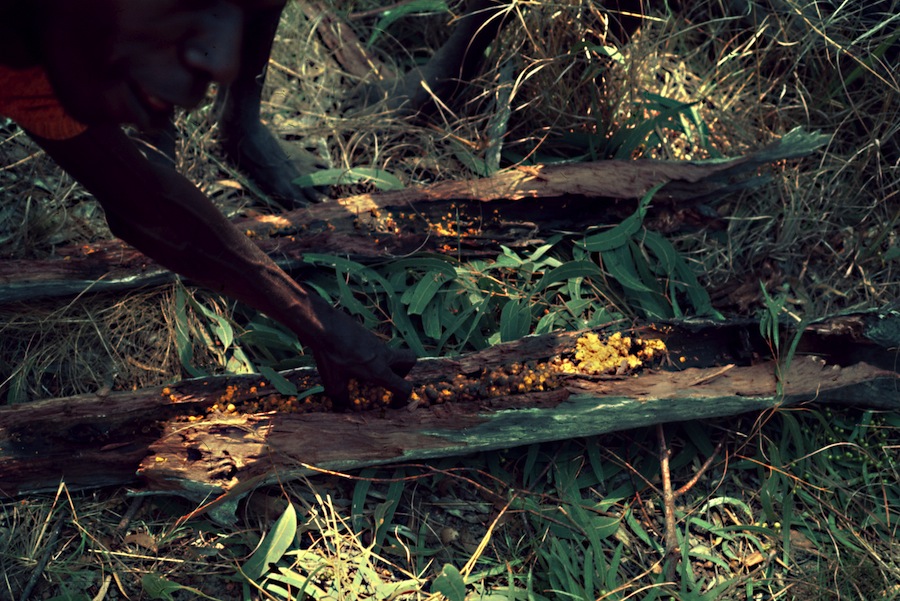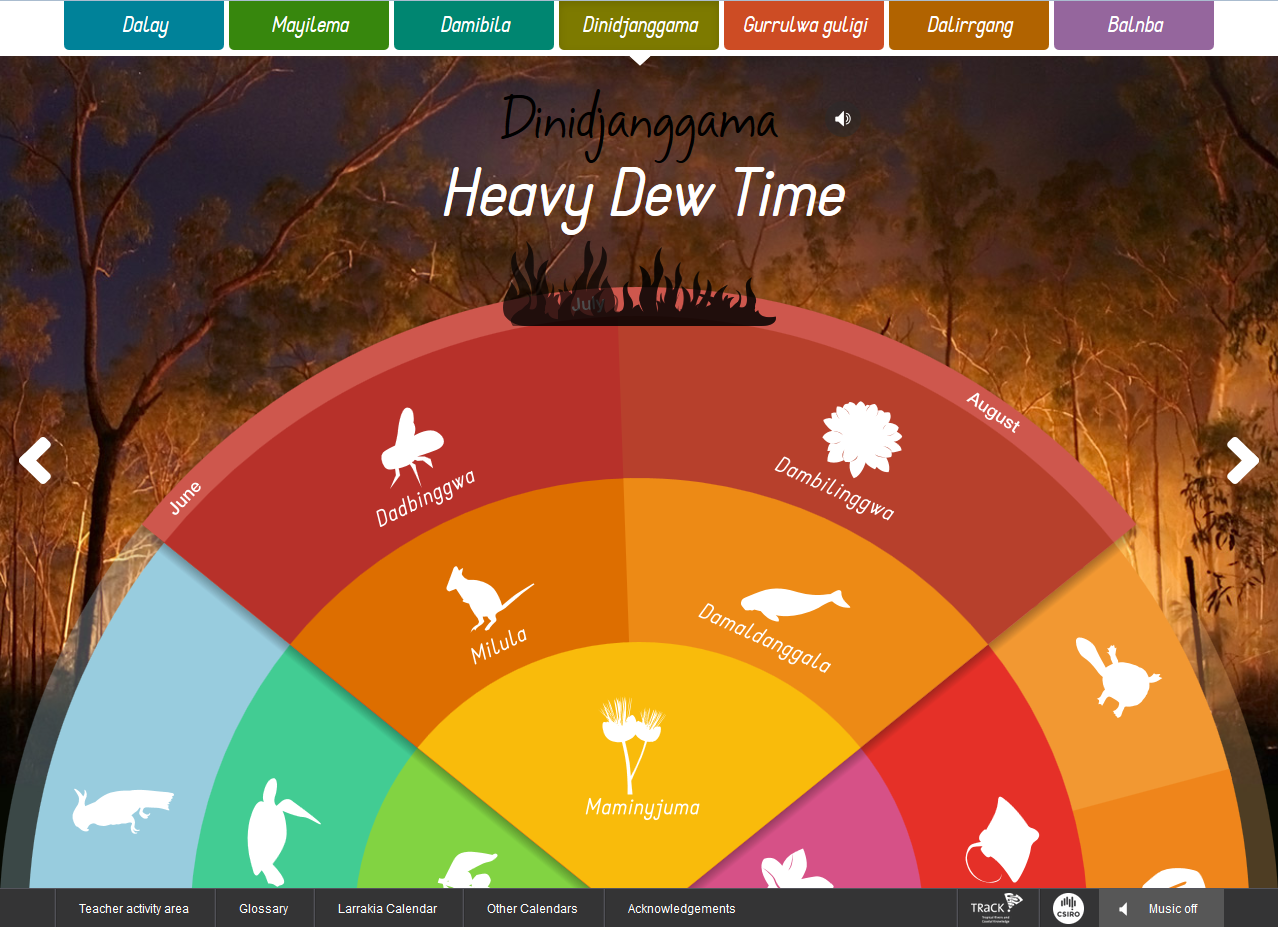This Sunday is the 1st of June, which marks the start of winter in the southern hemisphere.
But what exactly is winter in Australia?

Credit: thelostogle.com
Well what can we say, from June to August the days are a bit shorter and the temperatures tend to be cooler than the other months of the year. It’s hard to be more specific than that when you have a whole continent to speak for.
Just this week I was up in Cape York where it was feeling decidedly un-wintery (to me anyway). What the locals up there will tell you is that a major seasonal change this time of year is dryer weather—the river levels are dropping as a result, the billabongs are forming, there’s a flourish of life before things dry out completely. We wouldn’t have been able to complete this creek crossing just a few weeks ago:
My friends in Canberra have a different story to tell about what they’re going through this time of year.
If you think about the wildly different conditions you’ll find around Australia during these months it becomes clear that the Gregorian calendar is a pretty blunt instrument in determining seasonal conditions.
So, in the spirit of National Reconciliation Week this week, we thought we’d look at some more specific seasonal information from some of the oldest knowledge systems on the planet—which of course happen to be right here in Australia.
As part of the Tropical Rivers and Coastal Knowledge (TRaCK) program, we worked with six Indigenous language groups across the Top End to develop a series of seasonal calendars specific to the regions where those groups live—the Gooniyandi and Walmajarri from the Fitzroy River area in the Kimberley region of Western Australia, the Ngan’gi, MalakMalak and Wagiman from the Daly River region in the Northern Territory, and the Gulumoerrgin/Larrakia from the Darwin region.
The Larrakia/Gulumoerrgin season of Dinidjanggama – view it online
As June approaches, people on Larrakia Country will be on the lookout for flowers on the Woollybutt and Stringybark eucalypt trees because that marks the start of Dinidjanggama (Heavy Dew Time). Native bees use the nectar from those flowers to make Dadbinggwa (sugarbag honey), a delicious snack.
On Ngan’gi Country the electrical ‘knock-em down’ storms will flatten the speargrass and it will be a good time for catfish. Meanwhile, the Gooniyandi language group will be on the lookout for Jarloomboo (red dragonflies), which tell them the Galwinyi (sawfish) are fat and ready to eat.
Our friends over at the Bureau of Meteorology have also been interested in recording Indigenous weather knowledge.
So, if you’re feeling a little apprehensive about the coming ‘winter’, the Indigenous seasonal knowledge for your area might turn up a silver lining.

Mmm sugarbag. Image: www.larrakia.csiro.au



4th June 2014 at 6:20 am
Can we please have a seasonal calendar for city people who wouldn’t know bush tucker if they fell over it? Are the 4 seasons relevant in Australia?
4th June 2014 at 11:01 am
Hi Paul, thanks for your comment, you raise some interesting questions. The 4 seasons are broadly useful for determining the changing length of days (daylight that is) and seasonal conditions like temperature, but then it depends where in Australia you are. The 6 calendars we were involved in developing were across the Top End and you’ll see they have 5-6 seasons. Some people in the Top End talk more generally about a ‘wet’ and a ‘dry’ season, so the 4 seasons don’t seem to have much of a place up there. In places like Canberra people talk about how distinct the 4 seasons are, but my experience is that those discussions are sometimes triggered after observing the European tree species changing colours in Autumn. I guess the point is that 4 seasons is a European concept so isn’t necessarily a good fit in Australia, whereas Aboriginal seasons knowledge is a product of directly experiencing the local seasonal changes.
Cities add another layer to the discussion. There is a term ‘extinction of experience’ that is used to describe how living in a city can lead to people becoming disconnected from nature. Air conditioning is probably a good example of how we try to minimise the influence of seasons. So, it can be harder to detect seasonal changes and how animals and plants respond to these when living in a city.
For city folk there is recorded seasonal knowledge for the Sydney area in the way of the D’harawal calendar: http://www.bom.gov.au/iwk/dharawal/index.shtml
And the Perth area with the Nyoongar calendar http://www.bom.gov.au/iwk/nyoongar/index.shtml
Each of those show 6 seasons, so a bit of an improvement on the 4 seasons approach.
Perhaps there’s room for some city-specific seasonal observations though: the bankers’ 3-piece suits come out as the cold weather arrives; when the grand final scarves appear the warmer weather is just around the corner…??
4th June 2014 at 11:35 am
Thanks Chris for a really thought provoking reply. I am keen to move away from the European 4 seasons here in Australia. Perhaps concrete jungles have 2 seasons. Its getting warmer. Its getting colder. Plants really give you the spring and Autumn in Europe.
29th May 2014 at 7:50 pm
Love it, a Game of Thrones reference and a new (or old) way of looking at the seasons! Thanks for this, great post!
29th May 2014 at 11:28 am
I much prefer the indigenous seasonal way, to be honest, thank you for this wonderful article!